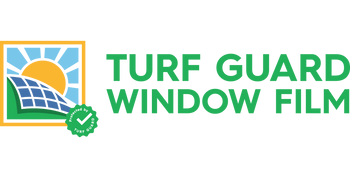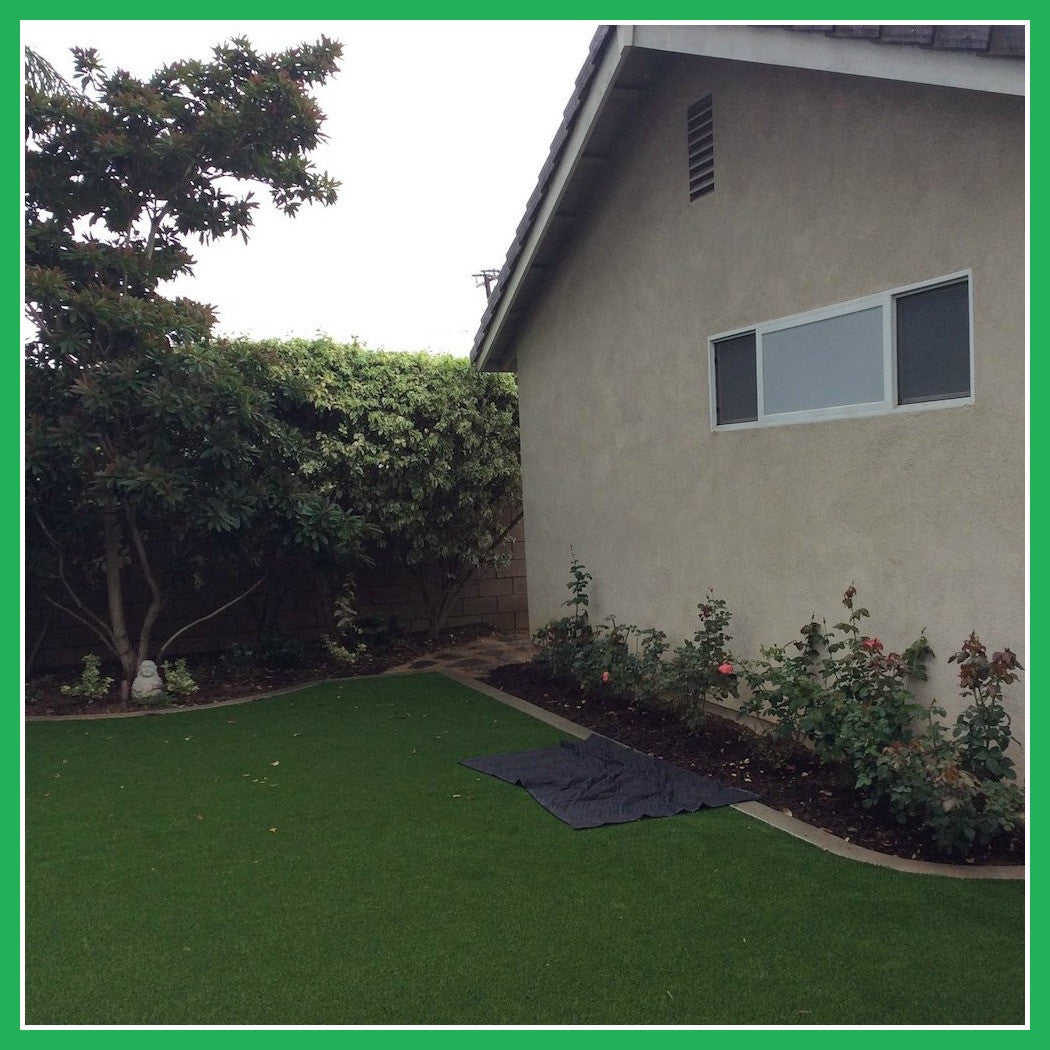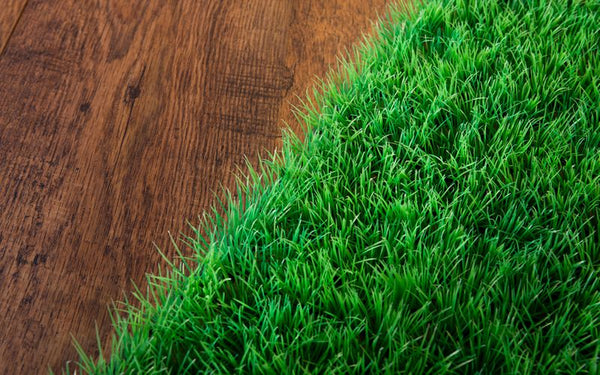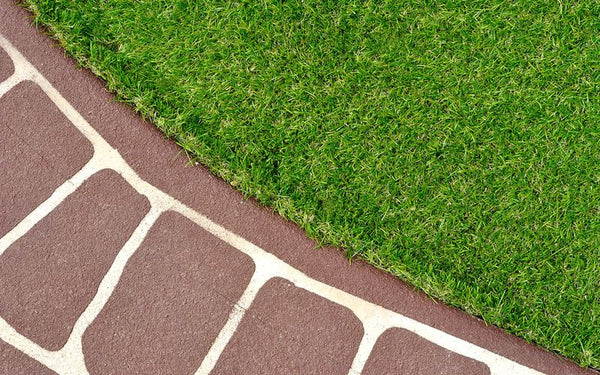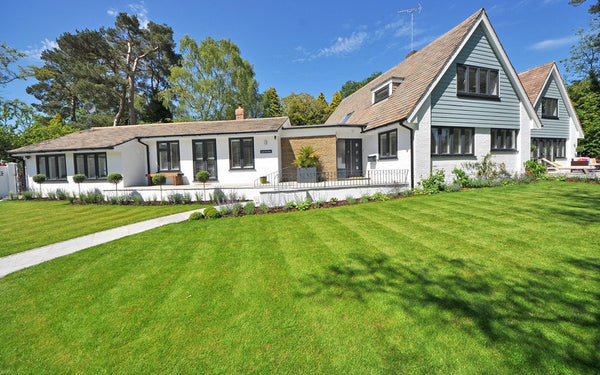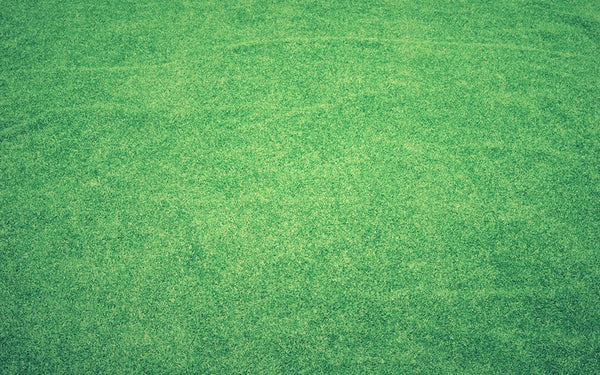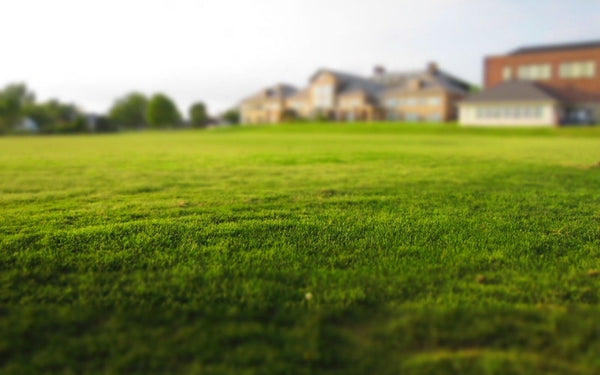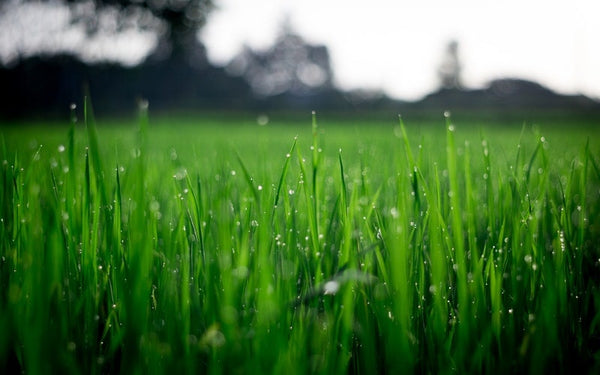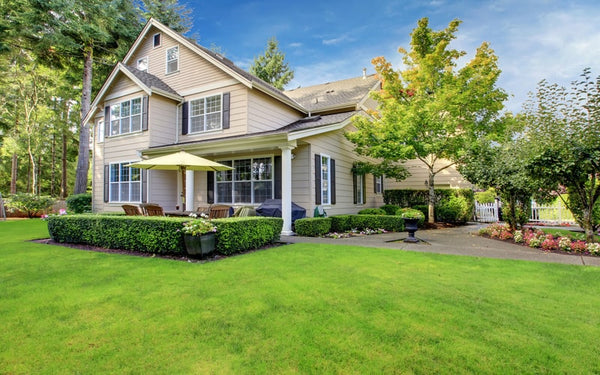Physical activities like walking and running can be destructive to your turf sports field, especially if you use it for contact sports like football or soccer. Not everyone can afford the expensive kind, so knowing the guidelines in determining what artificial turf is suitable for your purpose should come in handy to prevent you from buying a product that will not suit your needs. The following are guidelines to help maintain your synthetic turf sports field:
Free your turf sports field from all foreign objects and contaminants. Allowing objects and contaminants to last longer than they should may cause infill compaction on your turf. Provide for trash containers and signage or rules to protect your field from contamination and damage.
- Conduct routine maintenance. In doing so, inspect every aspect of your field and render repairs, if necessary. In repairing minor problems, make sure that you follow the proper procedure provided by the field turf companies where you purchased it. This will help you avoid playing hazards.
- Keep an updated activity log. Require field users to fill out this activity log to monitor activities inside the turf sports field. This log may include the nature of the activity, the number of hours used, and the number of participants per hour, along with the signature of the maintenance supervisor.
- Do not smoke or allow open flames, fireworks, welding, and similar activities on the turf sports field.
- Prohibit food and beverage, including chewing gum, on the field. Water stations should be installed outside the field to avoid contamination by spit.
- Free your turf from weeds and moss. Much like natural grass, your synthetic turf should remain free from weeds and moss. Note that moss usually grows when a field has been neglected over a long period of time.
- If, however, you find weeds in your turf, you can remove it by hand if the infestation has not become extreme. If you find moss in your turf, appropriate non-oil-based chemical products and other synthetic turf resources should help you remove them.
- In removing objects such as paper, leaves, and needles, a lawn sweeper with a brush equipped with synthetic fiber bristles of a minimum length of 2.5” should be used. Avoid using motorized ones if the temperature exceeds 90 degrees F.
- Prohibit the entry of vehicles with non-pneumatic tires on the playing surface. Only vehicles with a maximum tire pressure of 35 psi should be allowed.
- Control field access by providing a route for traffic. This should help minimize mud and dirt onto the field.

Determining what is field turf and the proper conditions before an extreme sporting event will also be instrumental in maintaining your artificial grass. A proper field turf installation should also be observed in order to prevent harm to field users in the long run.
As always, you should check out the best turf guard here even if you don’t have your turf installed yet.